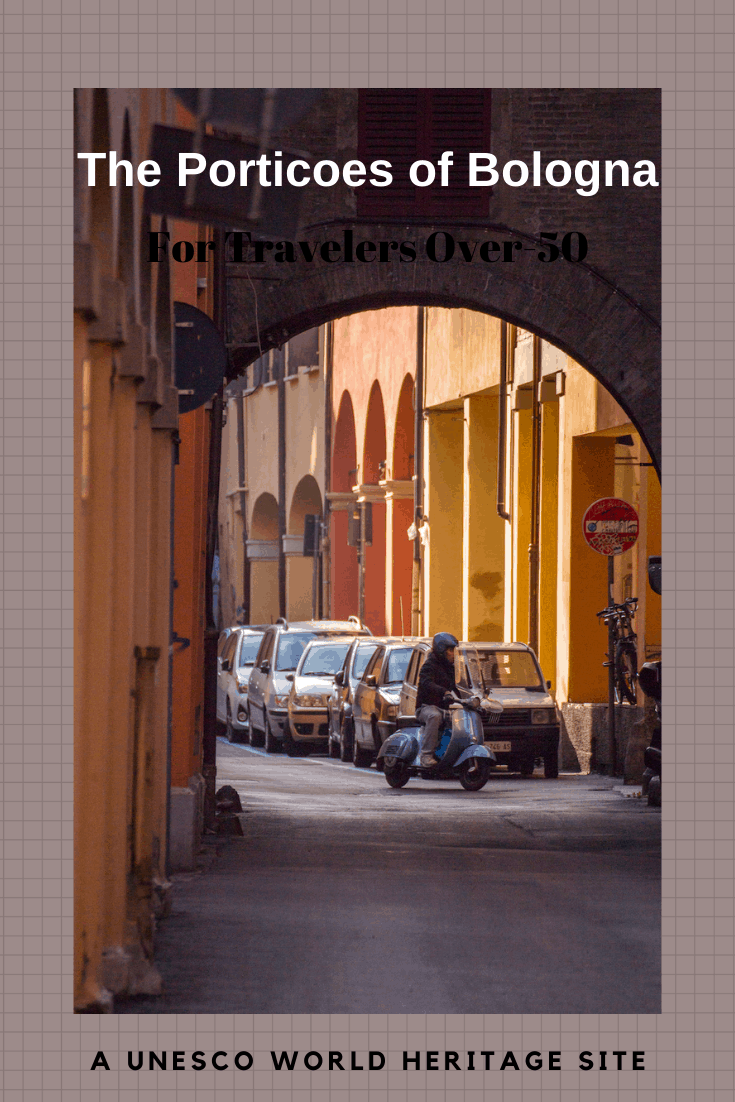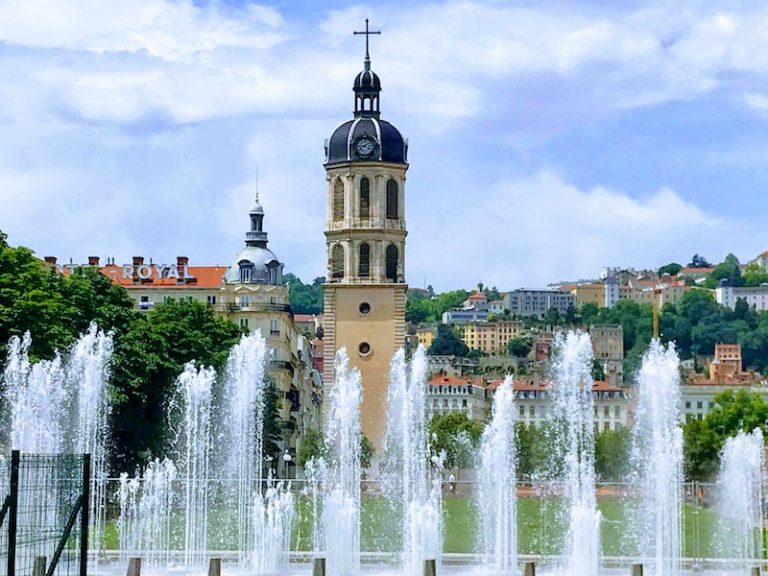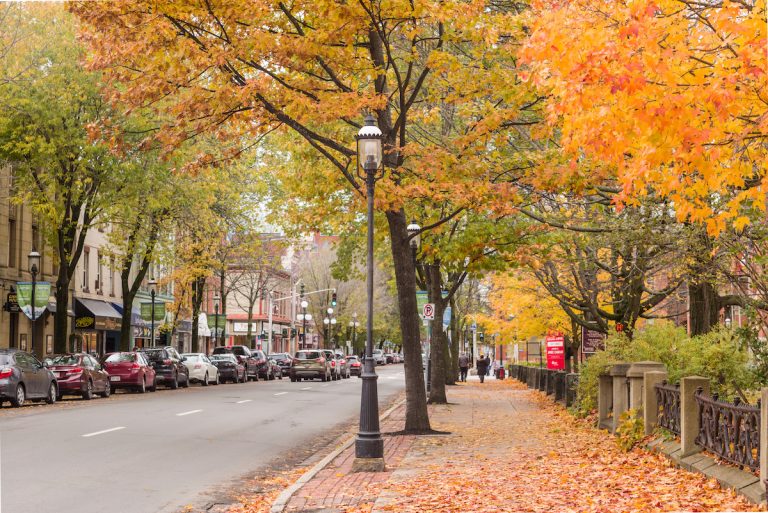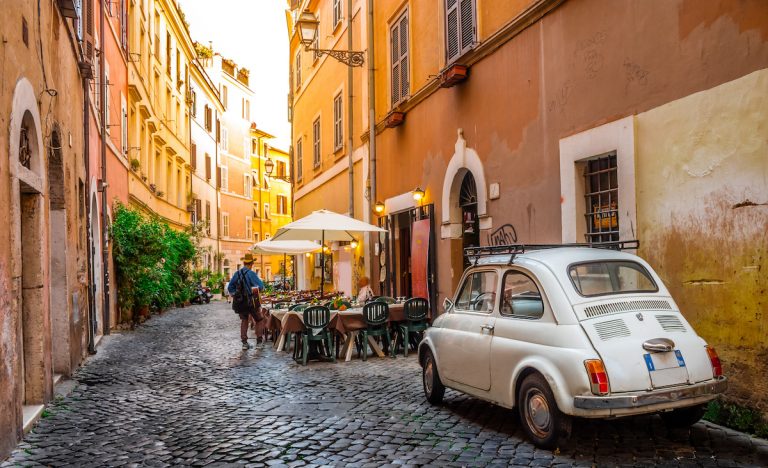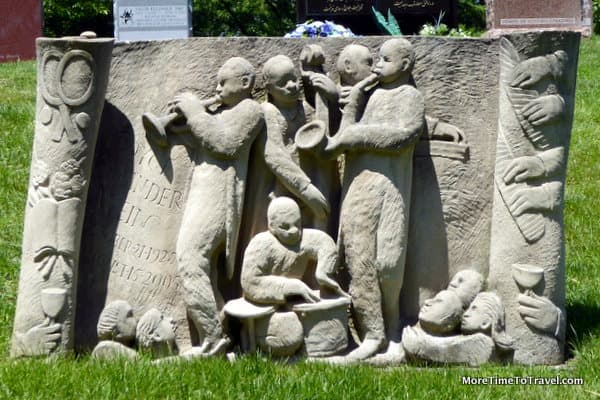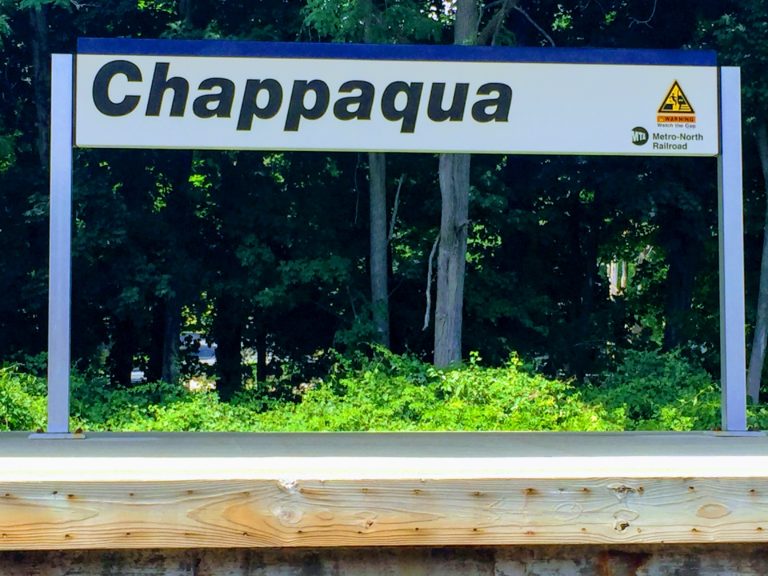Bologna Porticoes Achieve UNESCO Recognition
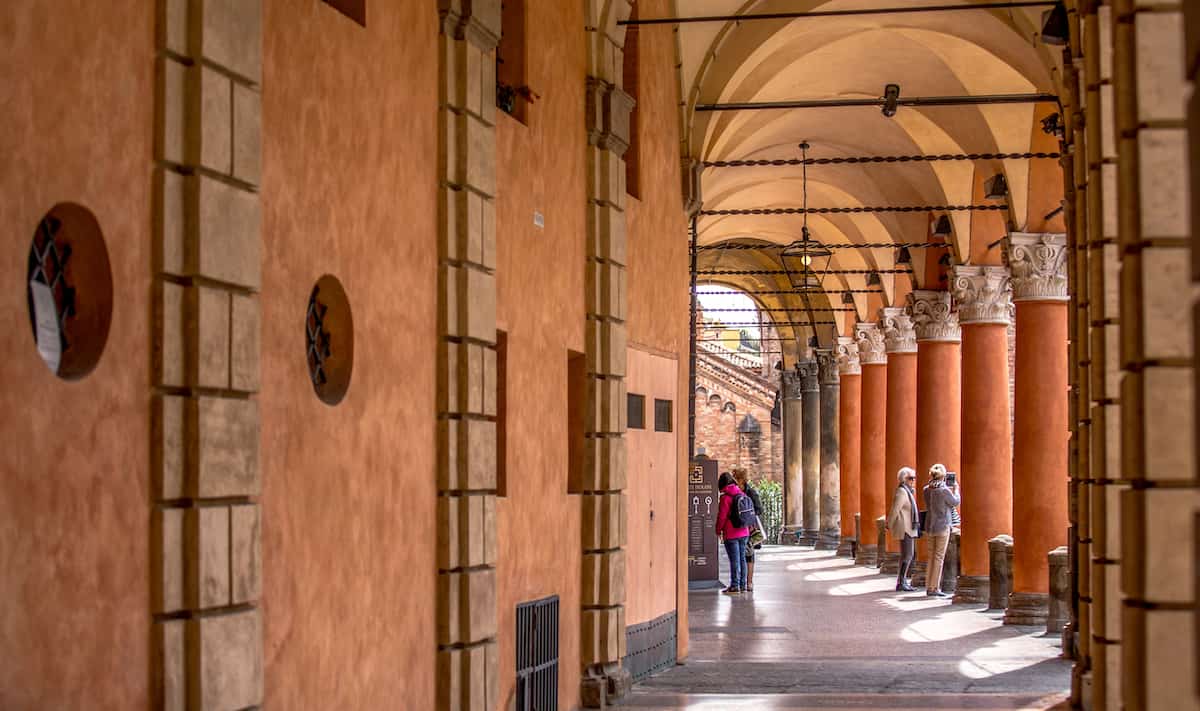
Visitors to the historic center of Bologna—the capital city of Emilia Romagna in northern Italy—are likely to find themselves walking beneath arcades just recognized as a UNESCO World Heritage Site.
These picturesque Bologna porticoes achieved that status on July 28, 2021, at the 44th meeting of the UNESCO World Heritage Committee held in China. The press release calls them “an outstanding example of a building type, architectural or technological ensemble or landscape that illustrates one or more important phases in human history.”
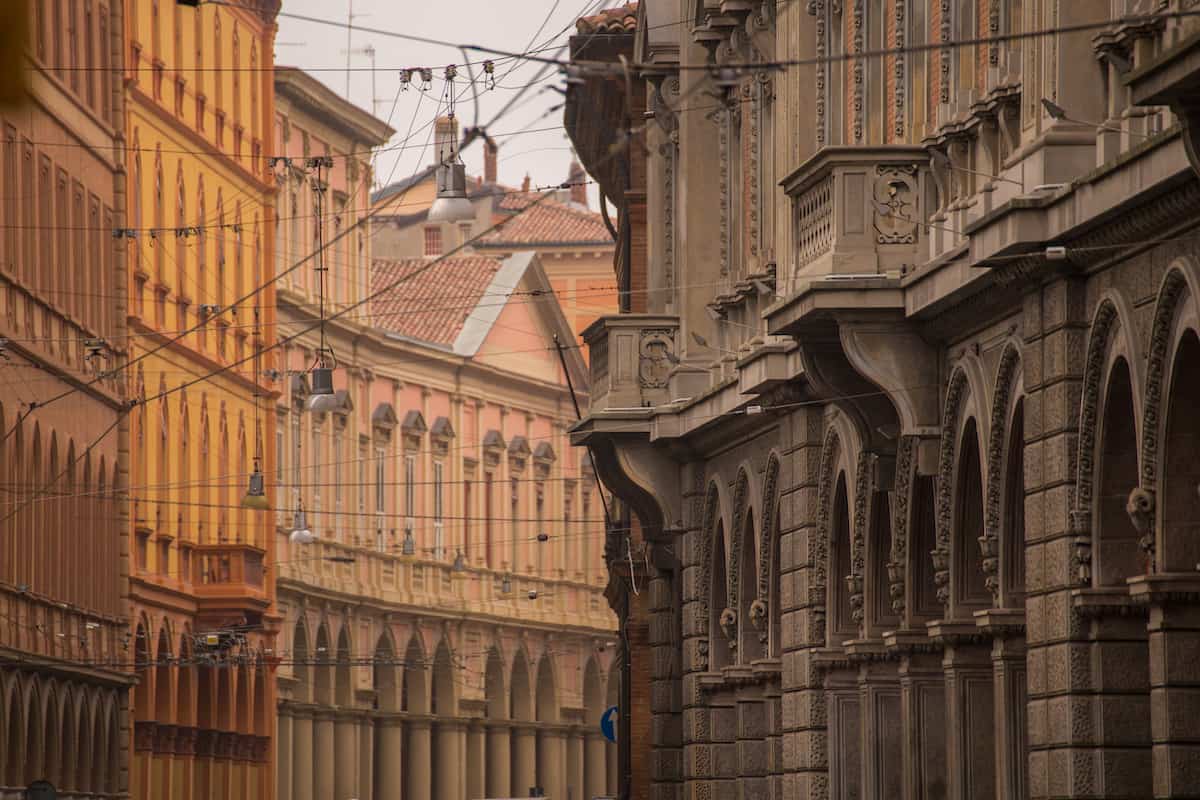
While this is the 58th site in Italy (a record number) to achieve UNESCO World Heritage status, it is the first in Bologna, a city that seamlessly blends medieval history and architecture with contemporary sensibilities.
Two other sites in Italy were inscribed contemporaneously by UNESCO: the city of Padua for its 14th-century frescoes and Montecatini Terme, a town in Tuscany, which was named one of the “great spa towns of Europe.”
Bologna’s wait for recognition was lengthy. In 2006, it was designated a UNESCO City of Music for its contributions to classical music, opera, and dance, and prominence in pop music. It was during that same year that the Bologna porticoes were first put on a tentative list awaiting nomination.
History comes alive in Bologna
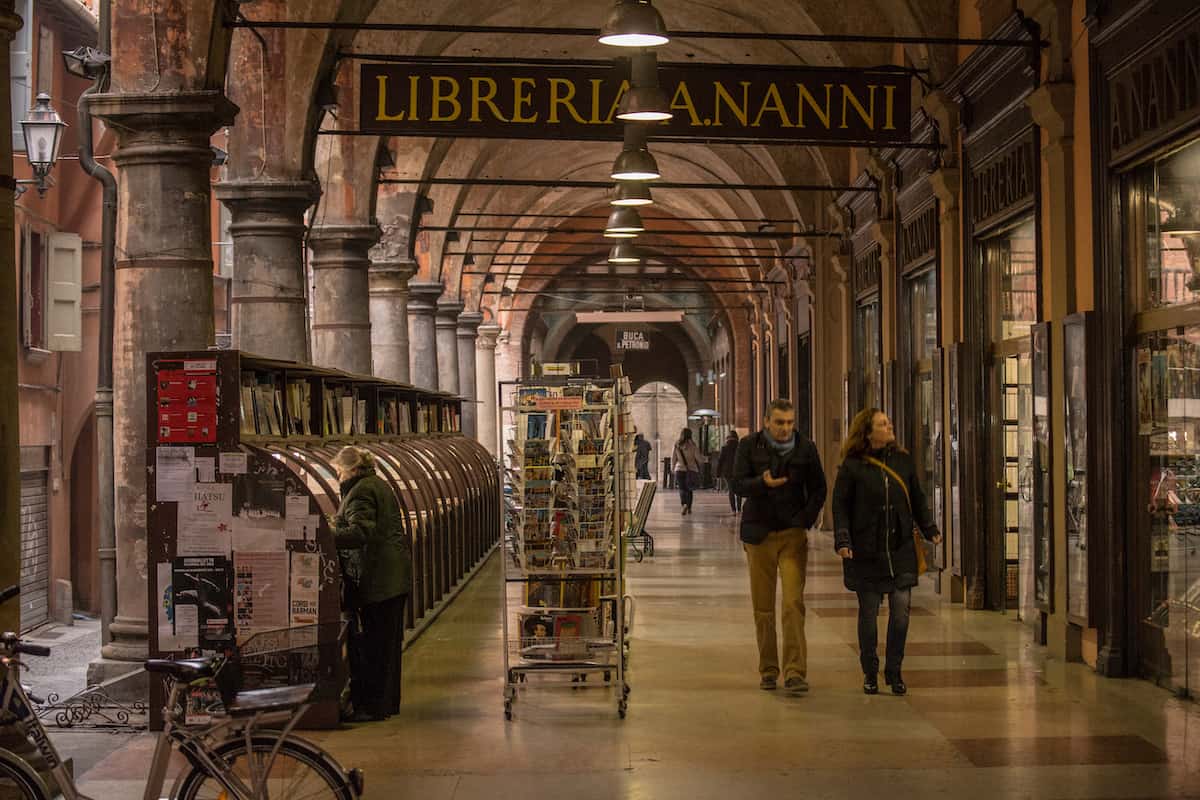
Bologna is nicknamed la dotta (the Learned), la grassa (the Fat) and la rossa (the Red).
- La dotta because the city is probably best known as the home of the University of Bologna, the oldest continuously operating university in the western world;
- La grassa for its reputation for culinary excellence and traditions, including being the birthplace of Italian classics like tortellini and Ragù Bolognese; and
- La rossa for its leftist, anti-fascist politics and progressive values—along with the characteristic terracotta-red color of its buildings.
But architecturally, it is the impressive, well-preserved porticoes of Bologna (portici, in Italian) that have come to define the cityscape.
These iconic covered walkways, located throughout the Medieval historic center, stretch some 39 miles in length. Constructed between the 11th to 20th centuries, each portico seems to be one-of-a-kind, reflecting the diversity of styles and materials used over different eras.
Moreover, they offer a graphic, visual representation of Bologna’s rich history. Like many of the impressive palaces, museums, municipal buildings, and two leaning towers located off the streets and alleys that fan out from the Piazza Maggiore (the city’s public square and virtual living room), the porticoes lay witness to the city’s longstanding commitment to historic preservation and restoration.
Some of the first porticoes were built in the 1100s to add square footage to dwellings without the inhabitants having to pay taxes as they would for adding additional floors. Because the structures jutted out over the street, this space wasn’t included in tax calculations. Another harbinger of change: New laws in the 1500s prohibited the building of wooden porticoes so ones built of brick and stone proliferated.
Major architects from Bologna built these structures. The UNESCO website notes:
From the architectural point of view, Bologna has been preserving several kinds of porticoes: medieval wooden-porticoes over the building; structural gothic and renaissance porticoes that are integrated into buildings and the nineteenth-century porticoes featuring the court-architecture of town-suburbs where lower classes lived.
The longest portico in Bologna (and in the world), the Portico di San Luca, is almost 2.4 miles long with 664 arches. In addition to providing a protected path to the Sanctuary of the Madonna di San Luca, it has religious symbolism.
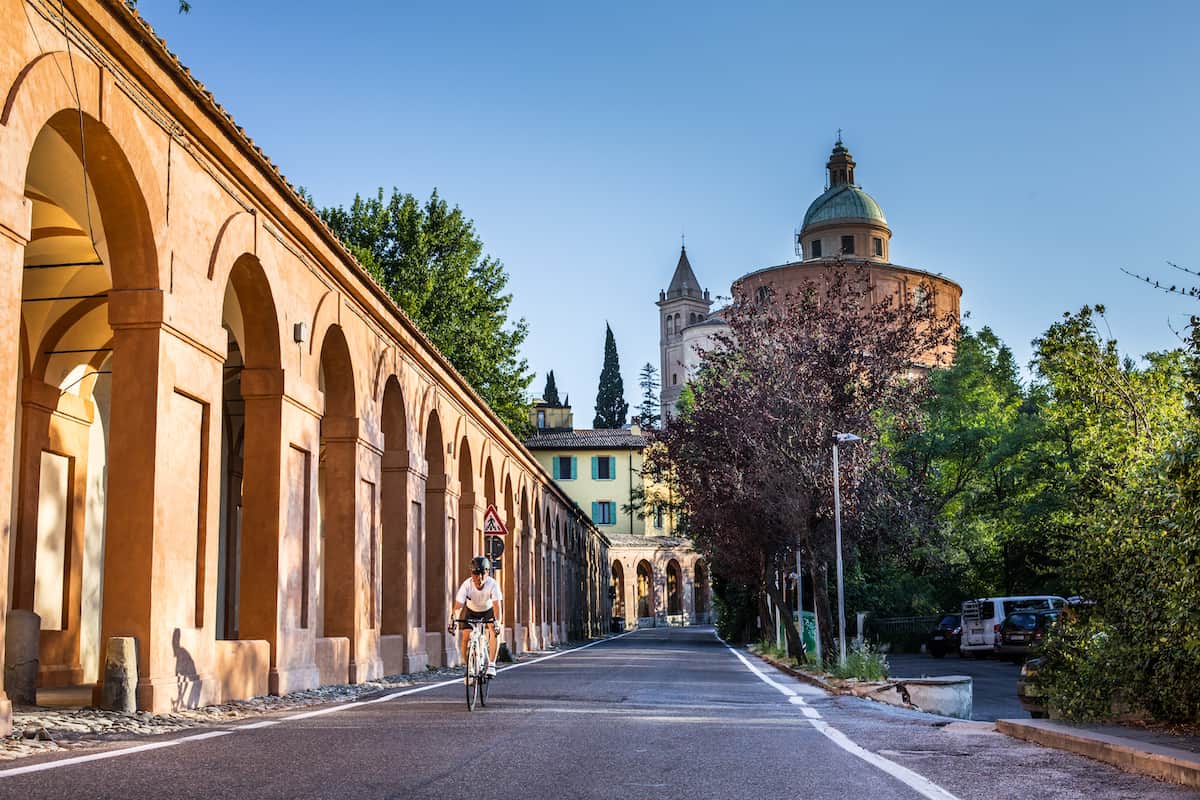
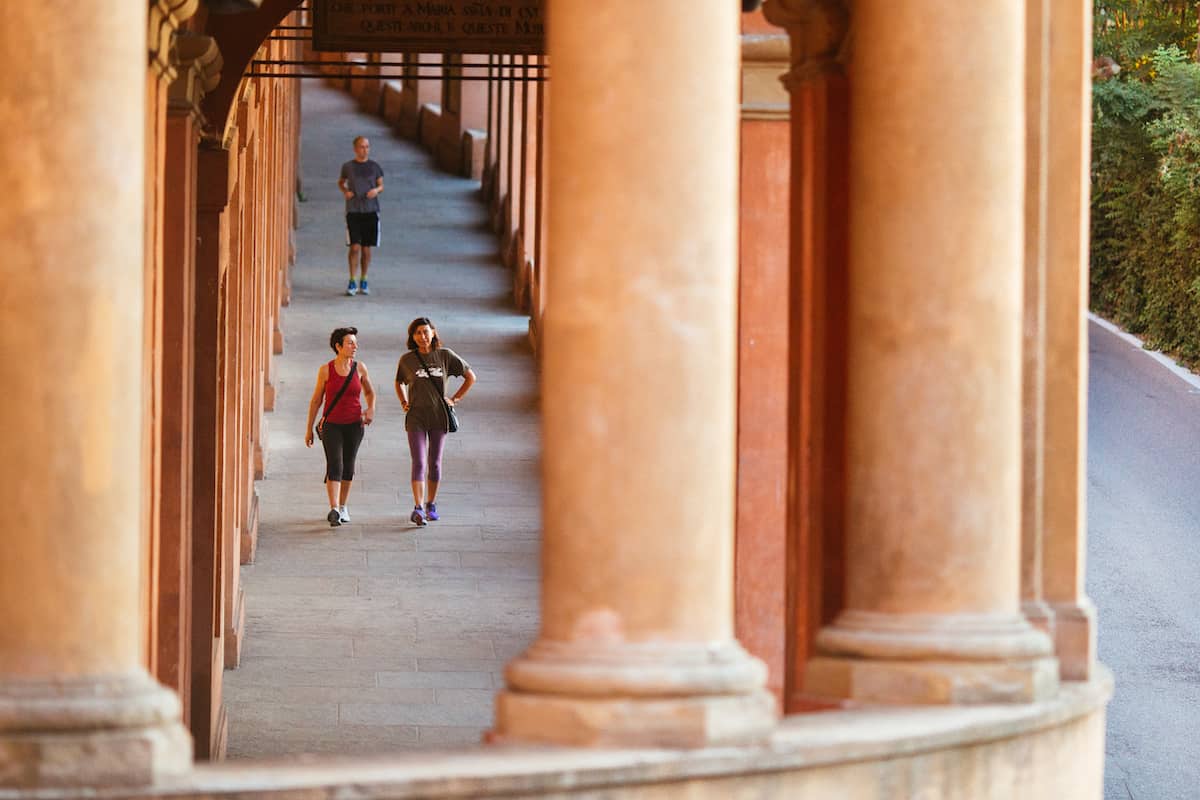
The porticoes of Bologna today
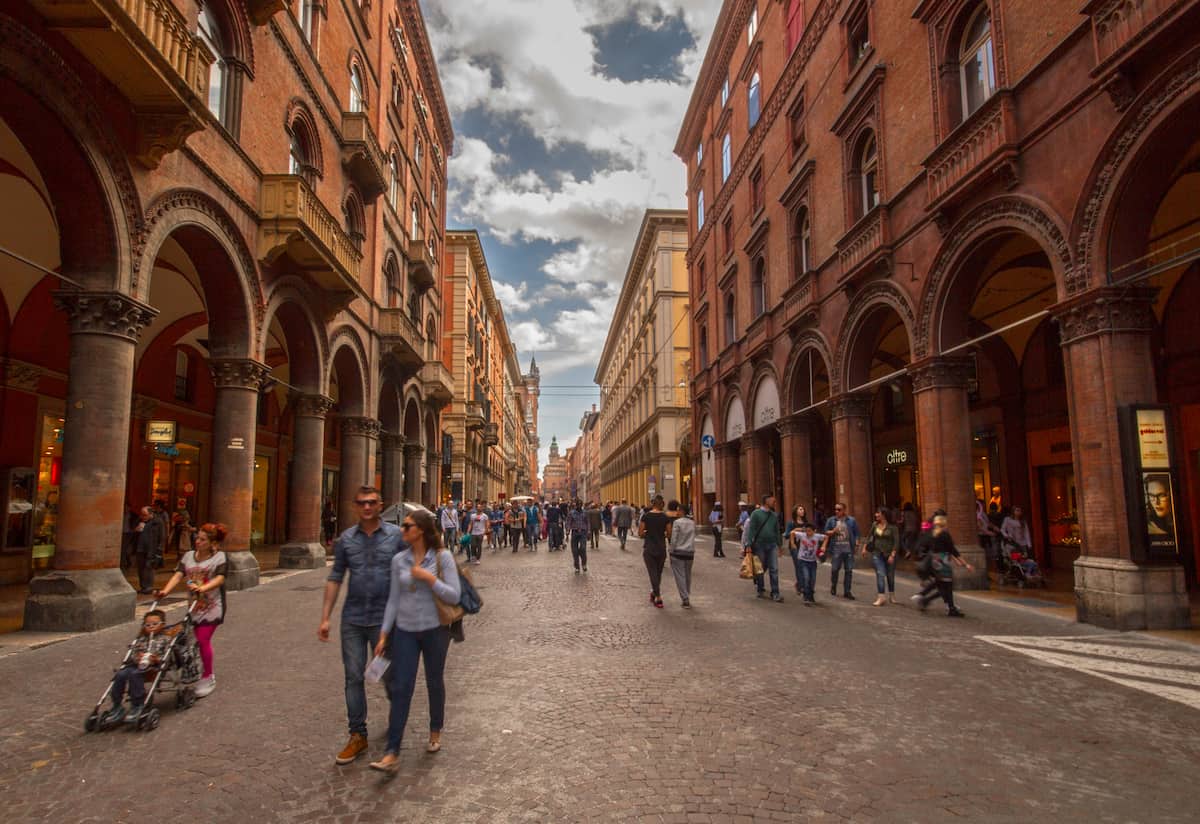
The UNESCO announcement notes that “the porticoes have become an expression and element of Bologna’s urban identity.”
Even today, they continue to provide affordable housing for the many university students who live in the upper-floor apartments overhead. The Bologna porticoes are of practical significance, too. In summer, they provide protection from sun and rain; in winter, protection from snow and winds.
While other cities in Europe (such as Innsbruck, Berne and Madrid) have buildings with porticoes, none have as many as Bologna. Moreover, in no other place are they considered a distinctive feature of the setting. Some of these structures have survived more than 1000 years, even withstanding the ravages of war, because of steadfast public and governmental support, in the form of national legislation and municipal regulations.
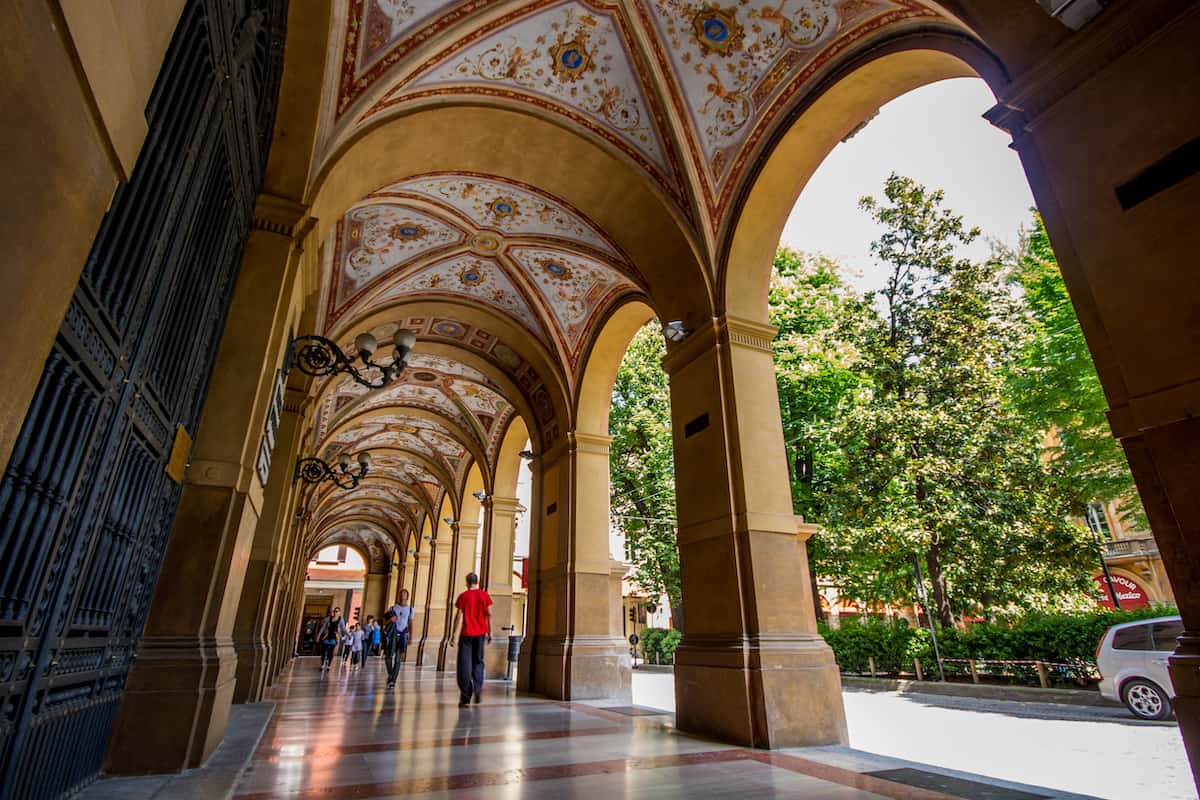
Needless to say, excitement in Italy about the nomination is almost palpable. In addition to the promise of financial support, increased tourism and world recognition that accompanies a UNESCO designation, they are a source of great civic pride.
The new classification is “an immense satisfaction and a great recognition that makes us happy,” said Bologna’s mayor, Virginio Merola.
Italian Foreign Minister Luigi Di Maio commented: “This registration confirms and rewards the constant commitment of our country in protecting and enhancing our extraordinary cultural and naturalistic heritage…”
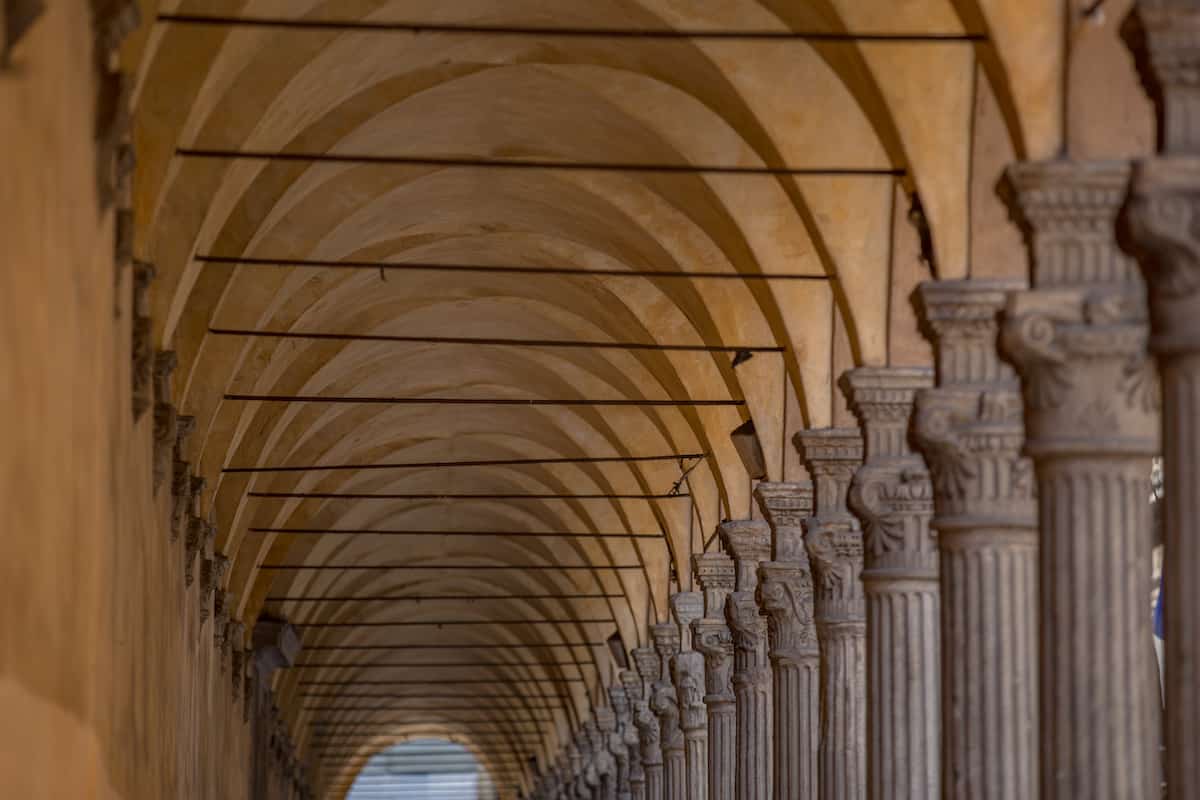
UNESCO announced the news on Twitter:
🔴 BREAKING!
The Porticoes of Bologna, #Italy🇮🇹, just inscribed on the @UNESCO #WorldHeritage List! Bravo!👏
ℹ️ https://t.co/X7SWIos7D9 #44WHC pic.twitter.com/P2twFyINUa
— UNESCO 🏛️ #Education #Sciences #Culture 🇺🇳😷 (@UNESCO) July 28, 2021
For more information:
NB: Portions of this article previously appeared on my travel vertical on Forbes.com.
All photo credits, including lead photo: Bologna Welcome
Save to Pinterest!!
